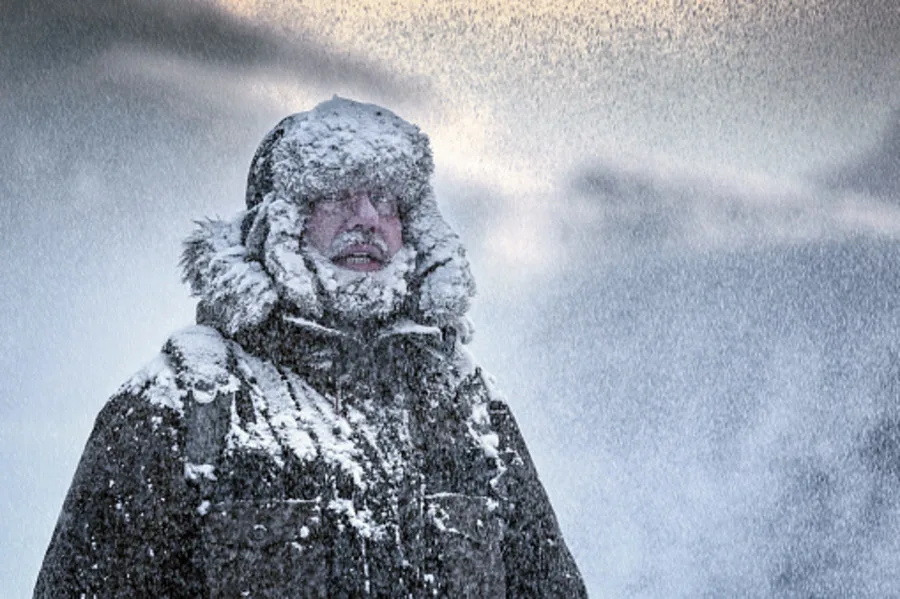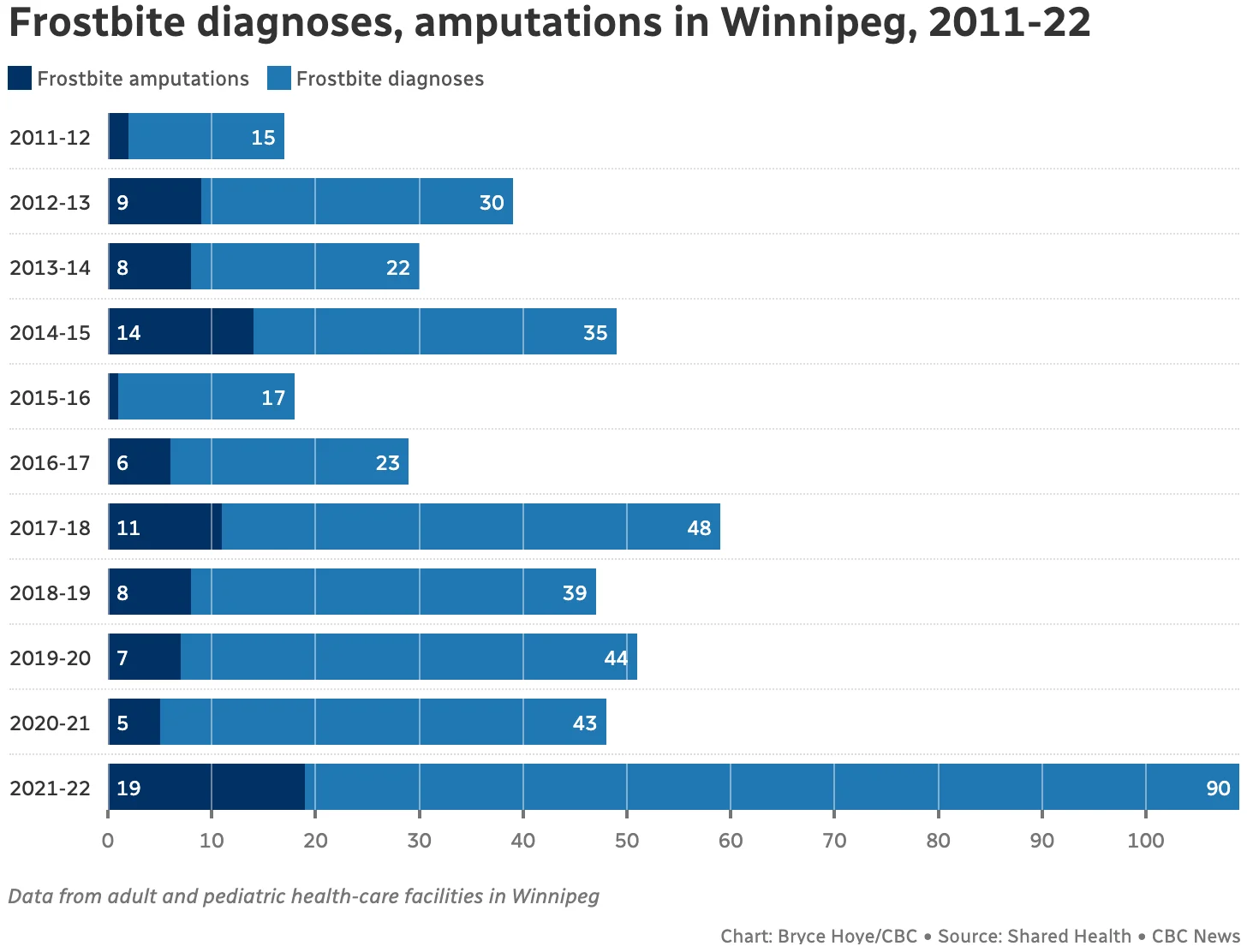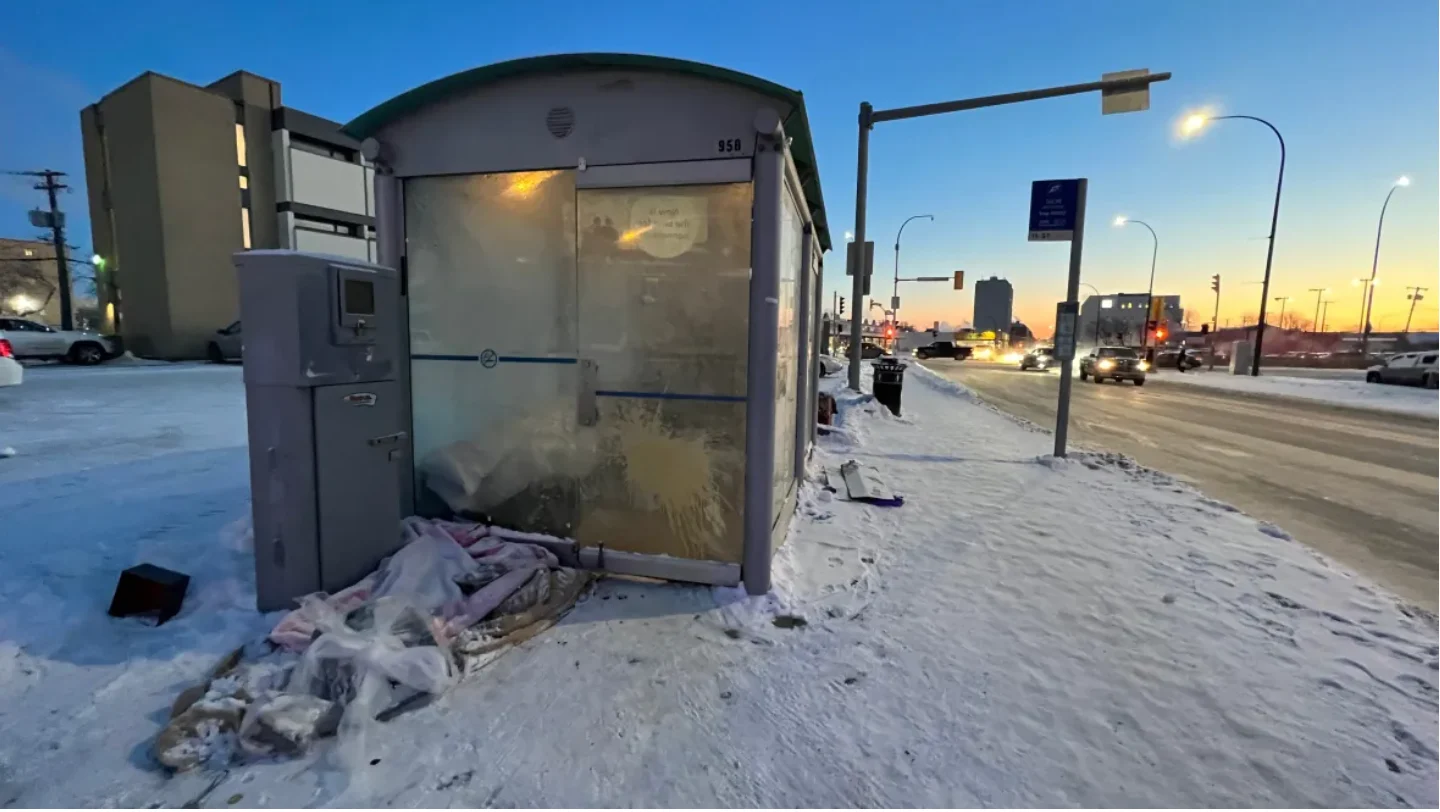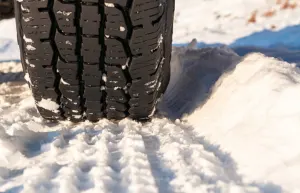
Frostbite amputations hit 10-year high in Winnipeg last winter, data suggests
The number of people who landed in Winnipeg hospitals with frostbite last winter skyrocketed to the highest levels in recent years.
There were 90 frostbite diagnoses and 19 amputations in the 2021-22 fiscal year, according data from Shared Health that breaks down the numbers between 2011 and 2022.
The next highest number of frostbite-related diagnoses was in 2017-18, when there were 48 diagnoses. The second highest number of amputations — 14 — happened in 2014-15.
"While we cannot provide a breakdown on the individual circumstances of each patient, it is generally accepted that severe weather disproportionately affects vulnerable populations, including those experiencing homelessness," a spokesperson for Shared Health, which co-ordinates health service delivery in Manitoba, said in a statement on Monday.
WATCH: Can your eyes get frostbite? Why your body reacts the way it does
SEE ALSO: Think the air is safer indoors? Don’t hold your breath
Frostbite cases for this winter aren't yet available, the spokesperson said.
The CEO of Siloam Mission said the latest figures underscore the need for more supports to help those without a home avoid injuries from the cold.
"It really speaks to the need for continued warming centres, it speaks to the need for warm clothes for folks," said Tessa Blaikie Whitecloud. "This human suffering is preventable and we need to do more as the city to make that real."

The winter of 2021-22 brought several deep cold snaps to Winnipeg and dumped so much snow that the city burned through its 2022 snow-clearing budget in about two months.
Every winter, End Homelessness Winnipeg puts out its Winter Weather Response Plan, detailing a list of information and resources to help organizations and those experiencing homelessness anticipate certain cold-weather risk factors and avoid harm.
Blaikie Whitecloud said that on a visit to one of Siloam's overnight shelters over the holidays, she had to administer first aid to a man who was showing signs of frostbite on his hands.
"The amount of pain that he was in from the frostbite was disruptive with his sleep, but also the medical care that we could provide as first aid we knew wasn't enough, so trying to encourage him to access hospitals," she said.
"His skin was red and rashy, layers of skin had actually become hard and waxy and started to peel off. And so it really depends on the severity and the condition."
Bitter cold that swept through the city in December had 1JustCity expand hours at its warming shelter in Osborne Village. A few days earlier, street outreach workers found an unresponsive woman on the floor of a Winnipeg Transit shelter, who was later pronounced dead.

The woman was found inside this bus shelter at corner of Tache Avenue and Goulet Street in Winnipeg's St. Boniface neighbourhood on Dec. 5, 2022. (Travis Golby/CBC)
DON'T MISS: Four weird things that happen when it gets way too cold
The city and St. Boniface Street Links also reopened a warming centre at 604 St. Mary's Rd., a municipal building in St. Boniface, right before the holidays, when estimated overnight temperatures were in the –26 C range, feeling more like –34 with wind chill.
One way Siloam Mission responds to periods of acute cold is by not closing down for the two-hour period in the afternoon they typically do for cleaning, said Blaikie Whitecloud.
DON'T MISS: Why a 'flu season' even exists
But she said an accommodation like that only goes so far. For some low-income Winnipeggers who do have a place to stay, but have to exit in periods of extreme winter weather to get food, walking long distances could present a frostbite hazard, she said.
"There we could look at things like free public transit for people that are [on] unemployment income assistance or other ways to ensure that people can go get their basic needs met without having to brave the cold," said Blaikie Whitecloud.
"I think like one of the biggest things around frostbite, around death due to freezing, around people living in bus shelters, around all of these things is that the ultimate solution is that people need to have an adequate and safe housing solution."
WATCH: My first winter on the Prairies - what I learned about extreme cold
This article, written by Bryce Hoye, was originally published for CBC News.
Thumbnail credit: Getty Images/DieterMeyrl. Creative #: 929654528. Stock photo.









